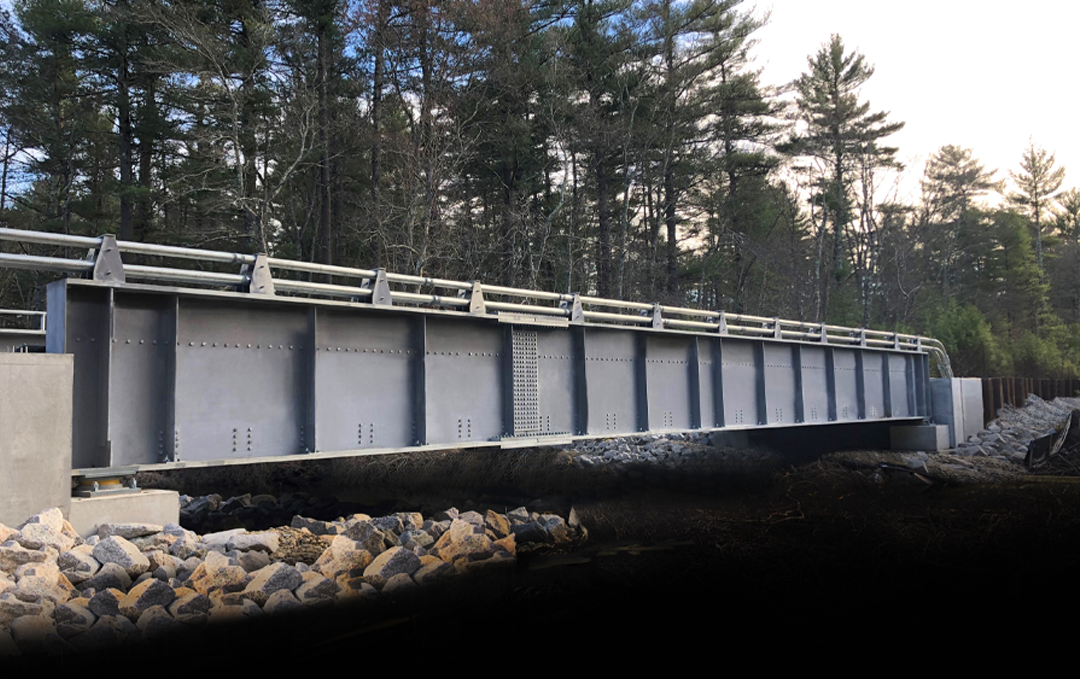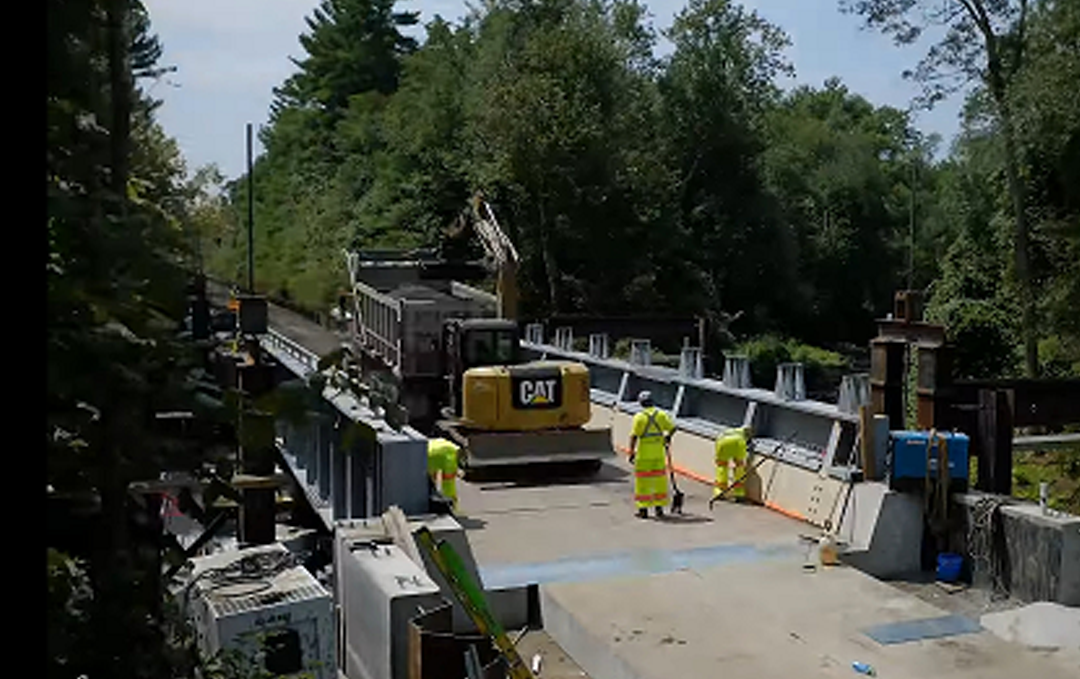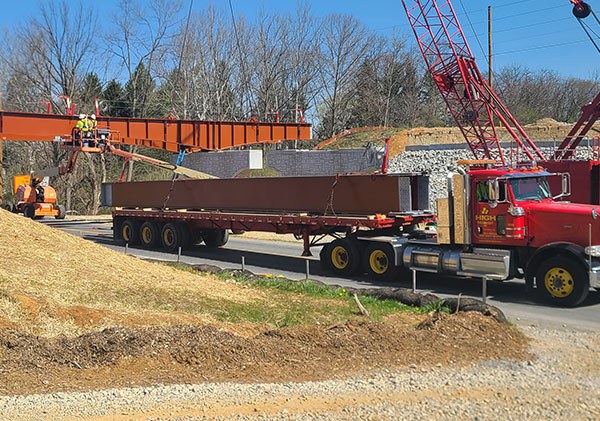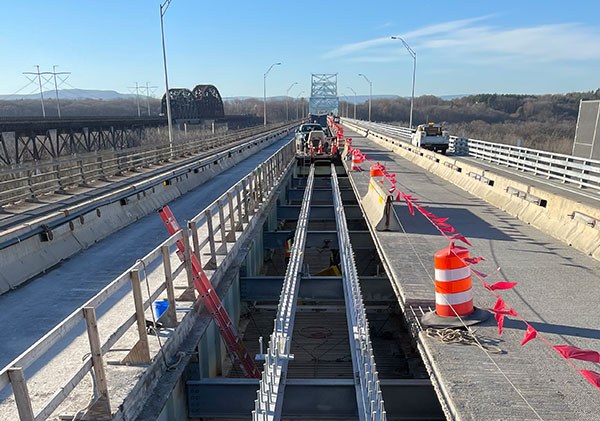The south coastal rail project is to provide a new southern line of the MBTA commuter rail system to restore service between Boston and Southeastern Massachusetts. Phase 1 of the project will allow commuters to finally take a one-seat trip between Boston and Southeastern Massachusetts for the first time since the 1950s. Bridges and culverts are being replaced on these routes to provide safe transportation. One phase of the project was to replace the Assonet River Railroad Bridge. This bridge provided challenges for the designers, engineers, and contractors due to the location of the bridge, which is located in the forest and near the Assonet River. To help assist in installation of the bridge, it was assembled off site. After assembly, the bridge was lifted by heavy-duty transporters to the job site. During this timeframe, the bridge was shut down for 11 days while workers demolished the old bridge, set new precast, replaced the beams, and then bolted the new bridge into place.


The Assonet River Bridge in Massachusetts spans at 80’ in length, with the girders standing at 7’ in height. Hot-dip galvanizing was the coating specified for this project due to the coating durability and corrosion performance. The MBTA wanted a bridge that will stand the test of time. Due the proximity of the Assonet River and the moisture that gets entrapped in the surrounding area, hot-dip galvanizing provided a safe, sustainable coating system that won’t pollute the nearby river. If they had went with a wet paint system, the bridge would need to be repainted years down the road and this would have provided changes due to the accessibility of the bridge being in the forest and the surrounding environment. Having a galvanized bridge will allow future trains and passengers to have safe commutes for years to come without worrying about the durability to the coating system.
“Over the river and through the woods. The Assonet River installation combined traditional techniques with new techniques. It also helped to limit the environment footprint of the construction.”






 SEE MORE
SEE MORE

